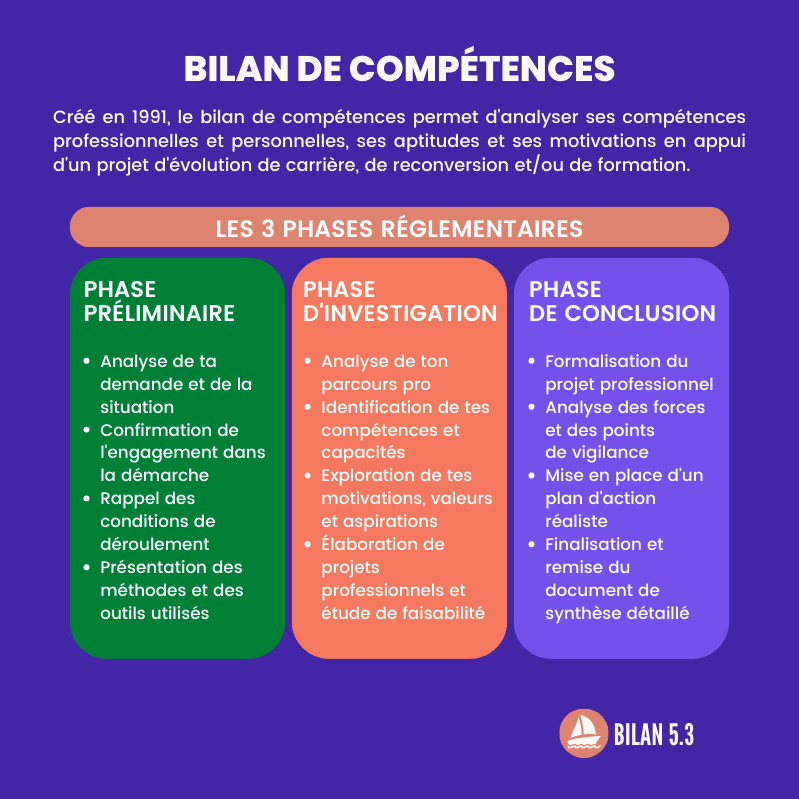Each individual has a unique brain, regardless of gender. Variations between brains are influenced by environmental factors and life experiences. And this is INSERM which confirms it!

- The brain of men is on average 10% larger than that of women, or approximately 1,350 kg in men compared to 1,200 kg in women.
- According to INSERM: “Girls have on average a little more gray matter and boys a little more white matter.”
- “All human beings have different brains regardless of gender.”
The question of the existence of a male and female brain is complex and requires differentiating physiological functions linked to sexual reproduction from cognitive functions. Advances in research on brain development and brain plasticity have shown that girls and boys have the same brain abilities regarding cognitive functions such as intelligence, memory, attention and reasoning. This is why in terms of these functions, there are no big differences between male and female brains.
Structural differences observed between male and female brains
According to a meta-analysis, men have on average larger total brain volumes than women. “Regional” differences have also been observed in brain regions implicated in “sex-specific neuropsychiatric disorders.” For example, certain brain regions linked to autism have shown volume differences between the sexes. These results suggest that certain brain regions may be promising candidates for studying the effects of sex on the developing brain and understanding sex-specific neurological and psychiatric conditions.
The brain is unique for each individual, regardless of gender
It is important to emphasize that brain size or the proportions of gray matter and white matter do not have a direct impact on the intellectual abilities of individuals. Furthermore, each individual has a unique brain, and there are as many differences between the brains of two people of the same sex as between the brains of two people of different sexes: “ For example, the famous scientist Albert Einstein had a smaller than average brain, but this did not prevent him from developing exceptional intellectual abilities. Advances in understanding brain plasticity have also led to the understanding that neural connections form and evolve differently in each individual based on environmental factors, life experiences, and other external influences. “.
What about brain plasticity?
Brain plasticity is an important characteristic of the human brain that shows its ability to change and adapt throughout life. After birth, brain construction is far from complete, as the connections between neurons are just beginning to form. The majority of the billions of neural circuits in the human brain develop from the moment the baby begins to interact with the outside world. These neural connections will then be shaped and evolve in children and adults, in different ways from one individual to another depending on environmental factors, lived experiences and society. This capacity for modification and adaptation of the brain, associated with the complexity of interactions between genes and the environment, contributes to the diversity of human brains.















